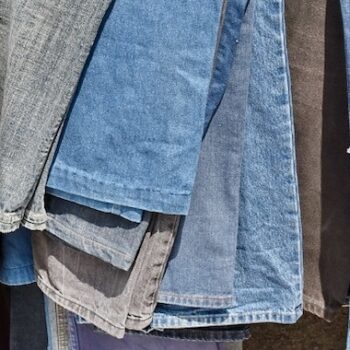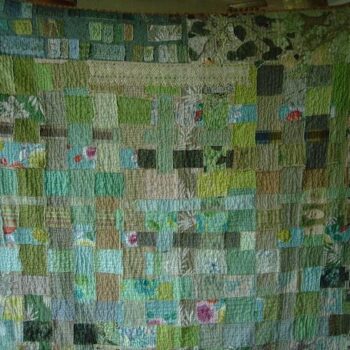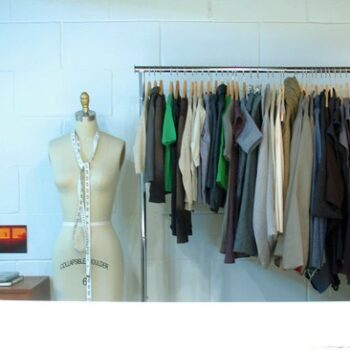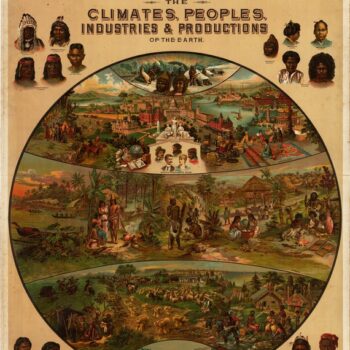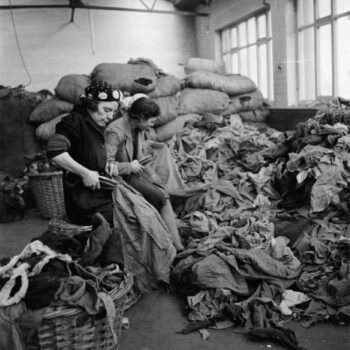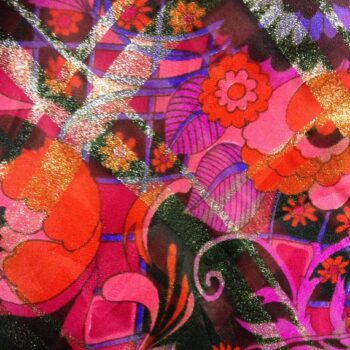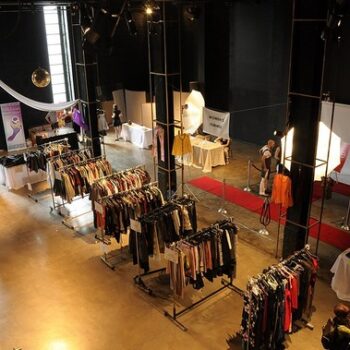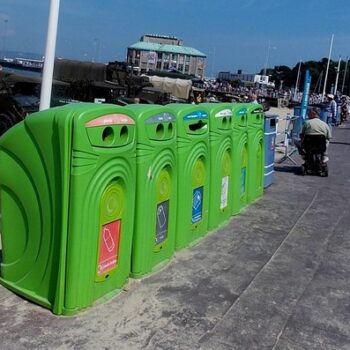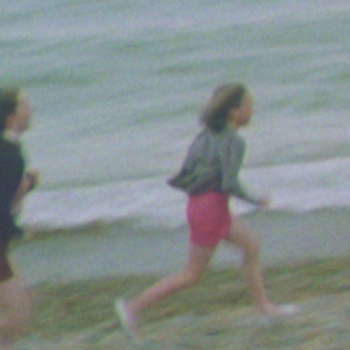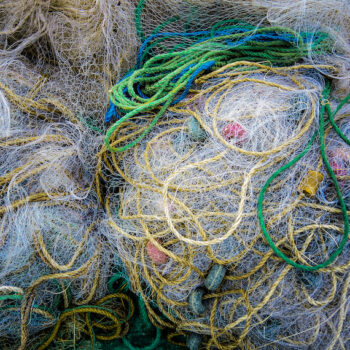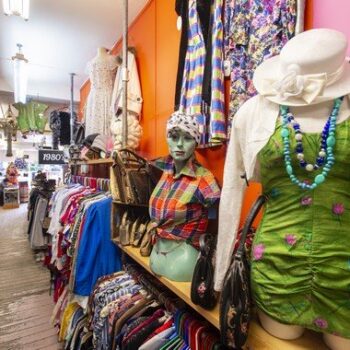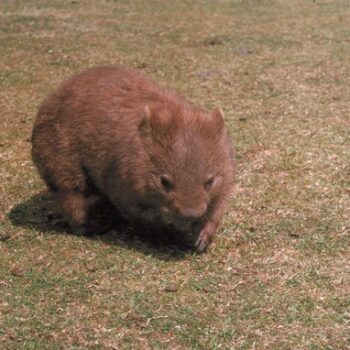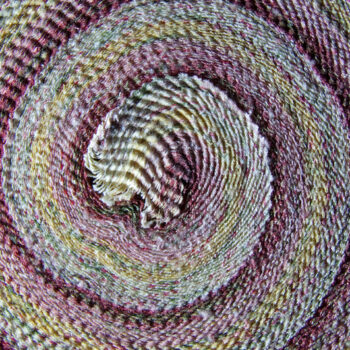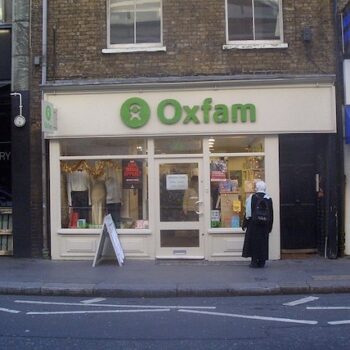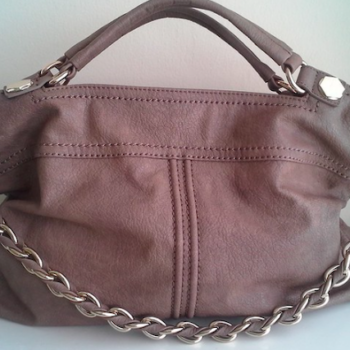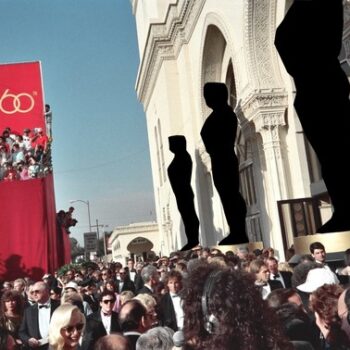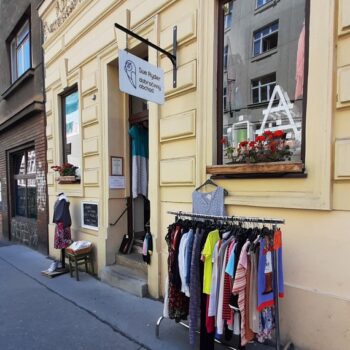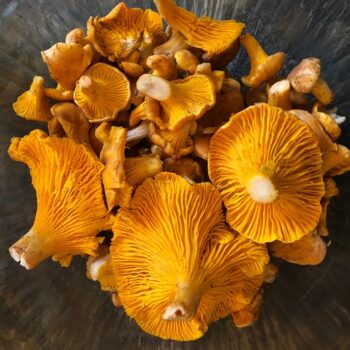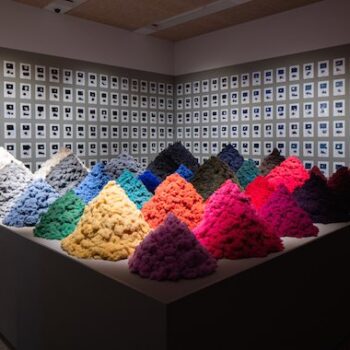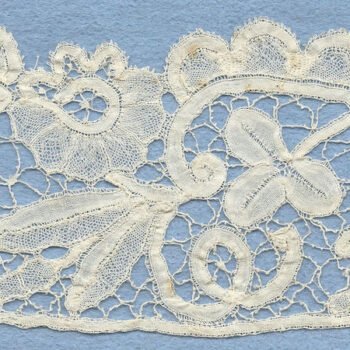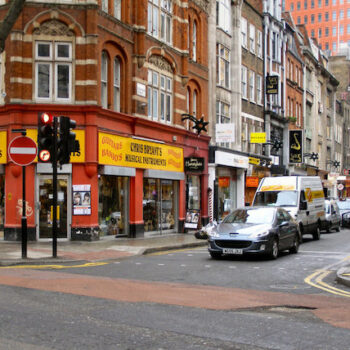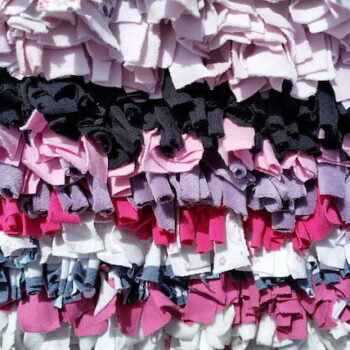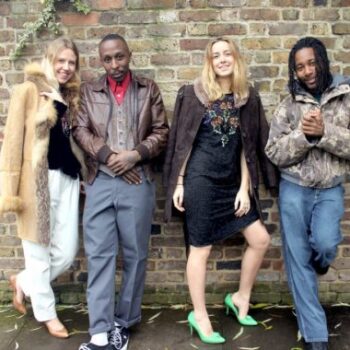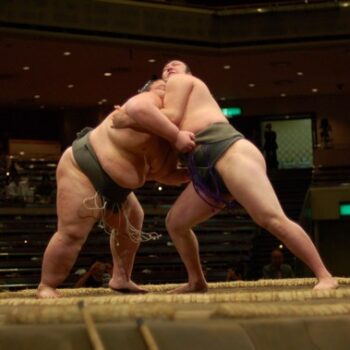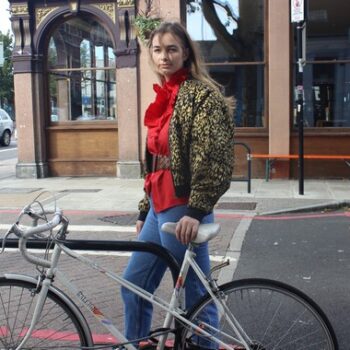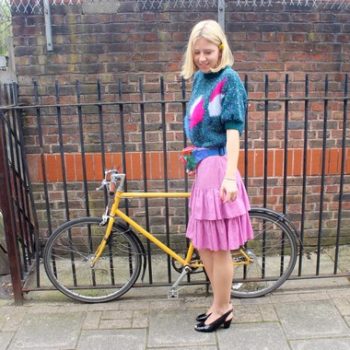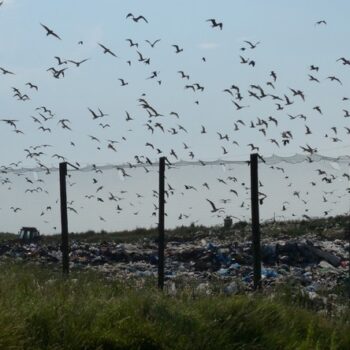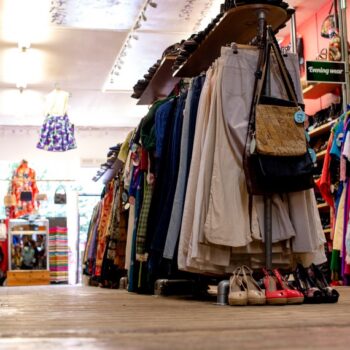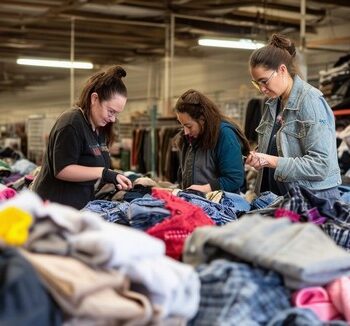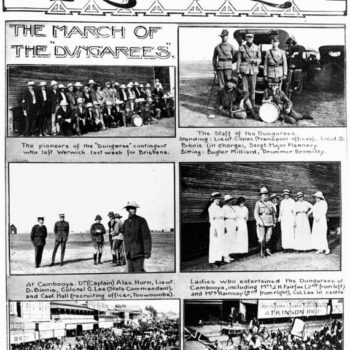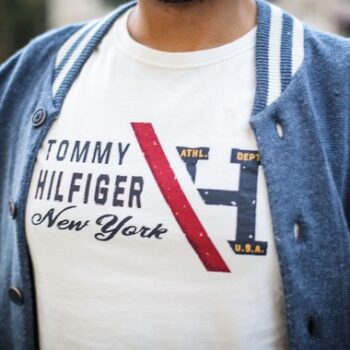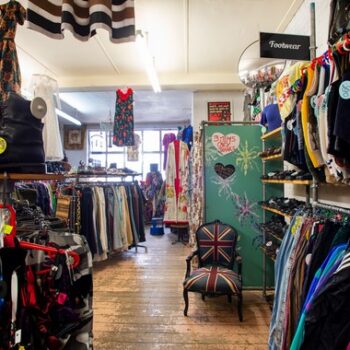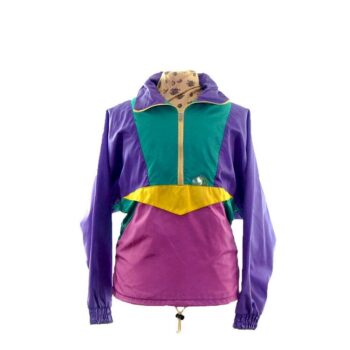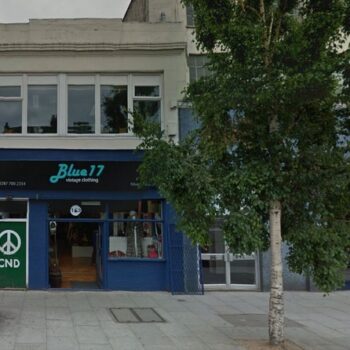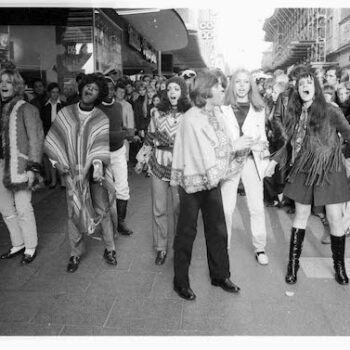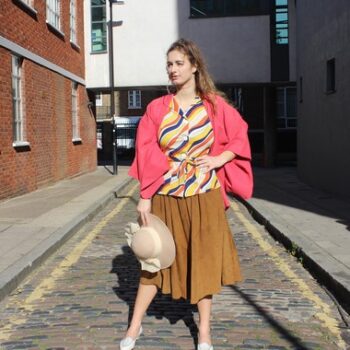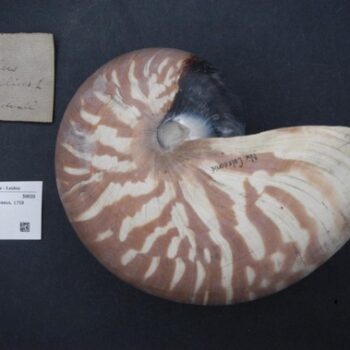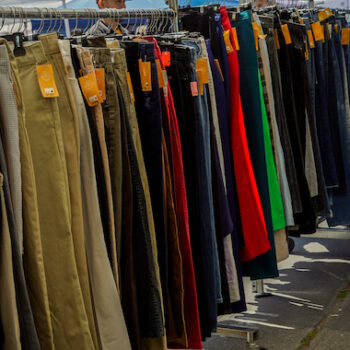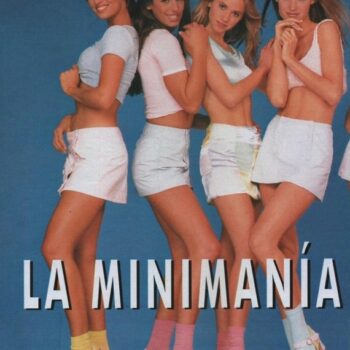How to recycle clothes and be an environmental hero like Stella McCartney
July 13, 2024How to recycle clothes and be an environmental hero. It is not easy to always make the right choices. But you can definitely make some changes, however small, and they can be pretty painless. Take Stella McCartney as an example.

How to Recycle Clothes – Stella McCartney. Blackcat; the author of the original photograph is Jaguar MENA, CC BY 2.0, via Wikimedia Commons
Stella McCartney is the queen of environmentalism in the fashion world. She follows on from her from her parents’ example, no doubt. Paul McCartney, the musician, is her dad and a vegetarian, though not vegan. And Linda McCartney, her mum, was a photographer and also musician together, they very successfully launched a ranged of frozen vegan foods.
It always baffled me how Karl Lagerfeld was held up as an absolute icon, given his long involvement with Fendi, the fur label. The cruelty involved in that business is horrendous. By contrast, Stella McCartney uses no fur, feathers, or leather in her designs. She does use wool. The company is often mentioned in connection with experimentation with realistic cruelty free alternatives to leather. In the past, she has used plastic synthetics which has drawn criticism (though it’s still more environmentally friendly than cow skin).
How to recycle clothes – or use kinder alternatives
Products like Alter Nappa have been used since 2013. This is McCartney’s own faux-leather product. It is made from a combination of polyester and polyurethane, both different types of petroleum oil-based plastics. It also contains some recycled plastic and vegetable oil. These do not biodegrade and are not likely to get recycled, either, because it is difficult to separate the component parts. A yogurt pot is one kind of plastic with a label. The only process is the label needs to be removed, which is relatively easy, then the plastic can be recycled.
A handbag is lots of different types of plastic-based fabric sewn together. To recycle textiles you have to rip apart all the sewing and separate all the bits, outer, lining, zip etc. Then identify what each is made from and add that to lots of other small bits of old handbags or clothing made from the exact same material, so it can be recycled together. In addition, Alter Nappa has a coating on the outside, which would also need to be somehow removed as it would taint the plastic to be recycled.
But the production process, at least, is improving. The company states: “We are switching to waterborne and solvent-free polyurethanes that are less energy and water intensive and are safer for people to work with.” In addition, “We are striving to reduce the impact of our alternative materials by using recycled or renewable materials.”
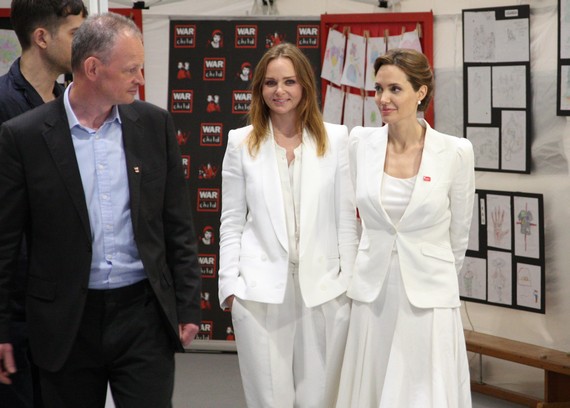
Stella McCartney and Angelina Jolie in 2014. Foreign and Commonwealth Office, CC BY 2.0 via Wikimedia Commons
Can you be Perfect?
However, everything is a learning curve and I think if you start with the right intentions you can come closer to the ideal with every step. Animal leather is not so environmentally friendly as people seem to think, as due to the preservatives in it it doesn’t simply biodegrade. The process of tanning, or curing it, so that you can use it as a bag instead of a soft decomposing bit of skin also uses a lot of chemicals which are released into rivers and not great for worker’s health.
What’s quite exciting is the Stella McCartney brand partnership with Bolt Threads. Bolt Threads are a very interesting company who looked at the properties of spider silk and replicated that as closely as possible by using fermentation – yeast, sugar and water. Spider silk is fascinating – extremely strong and stretchy. And it has a pretty gleam. In the past, people have harvested actual spider silk to make clothing out of, in a bizarre process that involved capturing hundreds of spiders of a certain type, yoking them to a machine and drawing the silk directly from their bodies. Bolt have developed a cruelty free version of this called Microsilk. Presumably they also eliminated the stickiness as well. You would not really want a dress that stuck to you as if you were a fly waiting to be devoured!
How to recycle clothes – Try Mushroom Leather
Stella McCartney made a dress from this fabric, but has not used it on a larger scale. What has been more commercially successful so far is their Mylo, a leather-like fabric which is grown from mushroom mycelium. Several large companies, which include McCartney, have invested in the development of this fabric and use it in their collections. This fabric is still in the relatively early stages of production. So this means that there may be some adjustment to be done to ensure that it, too, is as environmentally friendly as possible.
In 2024, McCartney decided to go (almost) all in. For SS24 the catwalk collection was made from 95% “responsible” materials. This time, the leather alternative she went for was Uppeal. Uppeal is made from apple waste. She also used a fibre called Kelsun, which is made from seaweed. The venue for the show was transformed into Stella’s Sustainable Marketplace. Here she featured many of her favourite eco-conscious collaborators in stalls designed like a Parisian market.
Textile waste is a huge issue. So McCartney has a central problem. Whatever fabric she uses, the nature of her business is to create new stuff. But she avoids fast fashion by making high quality items which resist wear and tear.
How to recycle clothes – What Can I do?
If you, too, want to make an impact, you can make clothing donations by taking your unwanted clothing to thrift stores or the Salvation Army if a piece of clothing is in good condition.
Recycling programs are happy to deal with both natural fiber and synthetic fibers, and a textile recycling program deals with a great amount of texile. The company North Face has a recycling option, as do many other shops. Alternatively recycling bins may be used which will ensure many million tons of fabric is recovered.



